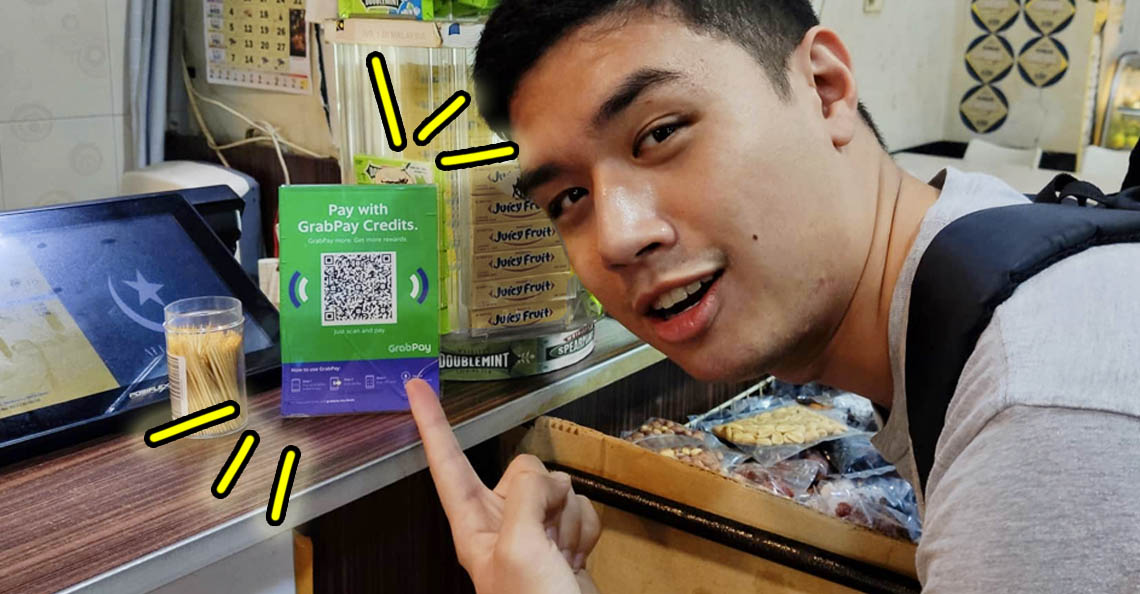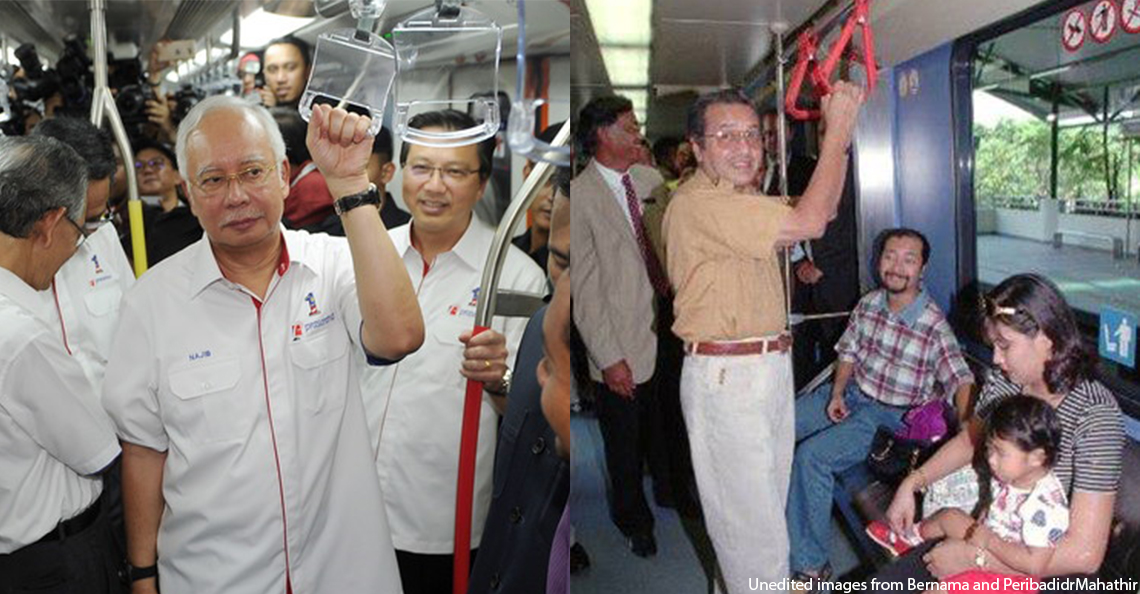5 industry monopolies recently threatened by the Pakatan Harapan government

- 863Shares
- Facebook734
- Twitter15
- LinkedIn28
- Email27
- WhatsApp59
For those of us who have only recently started out on our own, buying food can make us go “Wah lao has food always been this expensive?! I don’t remember paying RM2 and thirty cents for teh ais ikat tepi when I was studying!”
Yep, food (along with many other things) have gotten more expensive over the years, and a lot of reasons were given for that, from the removal of government subsidies, global price increase, glitches because of the SST/GST/SST switch, low supply, and a mamak favorite, minyak naik. But perhaps not many people would link expensive roti canai to the industry monopoly in Malaysia.

According to Dr Mohd Yusof Saari, UPM’s Head of Agriculture and Food Policy Laboratory, the market structure in Malaysia allows for monopoly among big firms, and with no real competition to keep them in check, they can control the price of their products however they wish, and even restrict supply if they want.
“For instance, when it comes to food, small and medium-sized food enterprises depend on a small number of big firms for their fresh produce and ingredients. And these big firms are controlling the retail trade, including wholesale, which is a big component in the industry’s value chain… When these few big firms determine the price of goods, they also have control over the amount of supply in the market, which explains why Malaysia sometimes experience shortage of particular food items,” – Dr Mohd Yusof Saari, to Astro Awani.
This problem isn’t just limited to the food industry, and solving it involves liberalizing the market, which is when the government loosens up their regulations and restrictions a bit, allowing more private companies to play in a monopolized industry. The Pakatan government had pledged to do something about it in their manifesto, and recently several ministries got together and formed a committee to review our monopolies.
So far, several industries have been looked at, and we’ve compiled a handy-dandy list on those for you to catch up. Starting with…
[Writer’s note 13/08/18: Several people have mentioned Astro, and the government did mention breaking up the pay TV monopoly in their manifesto. However, the only thing done so far is encouraging people to join the market, and not much else (unless you count competing with Astro with the World Cup 2018 transmissions). We’ll give Astro its own header once something more is done about it, and thanks to all the readers who pointed that out.]
1. MSM Malaysia Holdings Bhd’s raw sugar import

No, we’re not talking about that kind of sugar. Think of the kind that gives you diabetes instead of heart attacks. Malaysians have been consuming more and more sugar over the years, and to keep up with that demand we depend heavily on imported raw sugar. As much as 99% of our raw sugar is imported, according to a 2010 news report, and this raw sugar will be processed into the normal sugar we know and love in sugar refineries.
The two biggest sugar refinery companies in Malaysia that are allowed to import raw sugar are MSM Malaysia Holdings Bhd (MSM) and Central Sugars Refinery Sdn Bhd (CSR), with MSM controlling about 60% of our sugar market in 2014. However, in recent times their business had hit a few bumps, particularly when the government allowed more people to directly import refined sugar back in 2014, instead of buying it from them.
MSM’s previous CEO Datuk Sheikh Awab had lamented the government’s move, saying that it’s hurting local refiners like them when a huge segment of the local market buys cheaper sugar. They had since asked the government to do something to protect them, as they see it as an unfair policy.
“These companies don’t even have to pay import duties for the sugar while other countries in the region would not even allow imports of sugar or impose import duties,” – the late Sheikh Awab, as reported by the Malaysian Reserve.
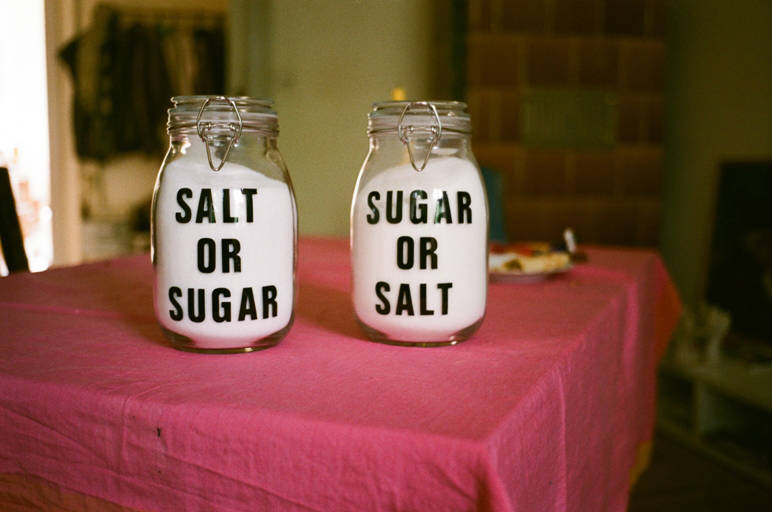
Now, despite MSM and Central Sugars claiming that there is no such thing as a sugar monopoly in Malaysia (technically, it’s a duopoly), the government is now considering liberalizing the Approved Permit (AP) to break the monopoly on raw sugar import in a move to make sugar cheaper. At the time of writing, this move is still being considered.
2. Pharmaniaga Bhd’s medicine import

A few months back the Galen Center for Health and Social Policy raised the issue of Pharmaniaga Bhd, a Government-Linked Company that was said to essentially act as a middleman between the government and international drug companies. Azrul Mohd Khalib, Galen’s CEO, had claimed that the lack of competition stunted the development of the public healthcare system and limited patients’ access to life-saving drugs.
“Pharmaniaga is the sole concession holder to purchase, store, supply and distribute both branded and generic approved drugs and medical products to 148 government hospitals and 2,871 clinics and district health offices nationwide. With 100% market share of the government concession, more than RM1 billion goes to Pharmaniaga annually,” – Azrul Mohd Khalib, to FMT.
The Health Ministry had refuted such claims, saying that there are also other vendors supplying directly to health facilities under the Ministry. However, later that week a document was leaked, alleging several things about the medicine industry. One of them was that six main tendering agents controlled 90.93% of all medicine tender awards between 2013 and 2016, with the top three awarded 75.9%.

These agents belonged to companies owned by high-ranking officials and/or politicians, and they are said to conspire with international pharmaceutical companies to rig the bidding process. The Health Minister had said that it will look into these claims, but the document’s listing of 20 companies did confirm that Pharmaniaga does not hold a monopoly in the business.
So yeah, this case is more corruption-linked than monopoly-linked, so that’s that. After a review of Pharmaniaga’s contract, the Health Ministry has decided to continue it as the company had done no wrong.
3. Syarikat Padiberas Nasional Berhad’s rice import
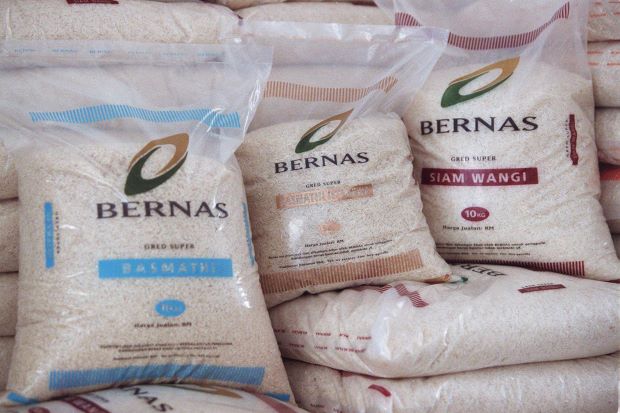
In June, the Cabinet had announced their intention to end the monopoly on rice imports by Syarikat Padiberas Nasional Berhad, or Bernas for short. Besides lowering the price of rice, Salahuddin Ayub, the Minister of Agriculture, also believes that it will indirectly ensure food security for the people.
“I’m certain the termination of this monopoly can lower or control the price of rice as it’s related to supply and demand. When we break this monopoly, there will be competition. Bernas will still exist, but we want to open the monopoly to individuals in line with the Pakatan Harapan Manifesto,” – Salahuddin Ayub, translated from Sinar Harian.
Wah… is rice that expensive, and is it because of Bernas’s monopoly? Well, according to Chong Chieng Jen, a Sarawak state chairman, the prices of imported fragrant and white rice are influenced by the profit gained by Bernas. He had stated that Bernas gains an annual gross profit of RM104 million from the import of rice in Sarawak alone, so abolishing the monopoly may enable the price of rice to go down by 20-30% nationwide.
This move, however, did not go well with Bernas. According to its CEO Ismail Mohamed Yusof, the current system should be maintained as it has never failed consumers, and liberalizing the market will not make rice any cheaper than it already is. He went on to say that about 60% of rice consumed in Malaysia is white rice, which is price-controlled, and another 30% come from imports, which as a rule cannot be sold cheaper than local rice.
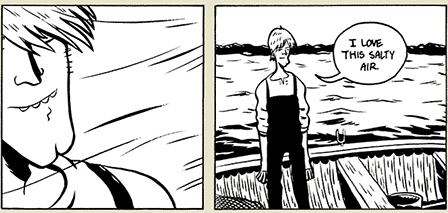
Also, Ismail had stressed that the government failed to take into account the social obligations of Bernas over the years, like subsidizing the price of local rice with profits gained from importing rice, and still buying rice from the farmers even if the produce is infected.
“There has been no issue with rice since you were born, until now, has there? You face shortages in other (kinds of) food, but never rice. We always had supplies of rice in the market, our paddy is among the highest in the region and our rice is among the cheapest in the region. This proves that the current system works so it should be maintained,” – Ismail Mohamed Yusof, as reported by the MalayMail.
For now, the Cabinet has announced drafting a working paper on breaking up the monopoly, as well as forming a technical committee from nine ministries to study Bernas’s monopoly over the country’s rice supply. They’re also drafting a new model to replace the monopoly. The results are expected in September.
4. Telekom Malaysia Berhad’s high speed broadband

Telekom Malaysia Berhad (TM) is the biggest access provider of fast broad band, and other companies, like Celcom, Digi, Maxis, U Mobile and others are access seekers. TM is pretty big (third biggest telco company in the world), but it has built a reputation of charging more than telco companies in the region while also being among the slowest.
Wah. Why liddat? Well, some industry experts believe that this is because there is no real competitor for TM in the fixed broadband space. TM is a monopoly (although they’ve denied it), but it’s a bit different than the other ‘monopolies’ on this list, being a natural monopoly. It basically means that even if there are no policies or laws protecting TM’s position, potential competitors would still find it pretty hard to compete with it due to the high starting cost of the industry, like in laying cables, digging channels, setting up towers and other sorts of infrastructure.

This is perhaps why there had been so much talk on breaking TM’s monopoly in the past, but it remained supreme. However, that might change soon, as Gobind Singh Deo, the Communications and Multimedia Minister, had announced that TM’s ducts (like underground water pipes, but for Internet fibre) will soon be open to fibre from other companies as well. This will save some cost in terms of digging new ducts and dealing with state authorities, but at a price, of course.
“The process of opening the ducts to all eliminates the need for players to dig the ground to lay fibre, which is a costly process, or to deal with state agencies/local councils. Instead, they just need to run fibre alongside TM’s in its existing carriageway. These options are significant for players to allow for access and extension of their networks without having to dig the ground and face challenges,” – Gobind Singh Deo, to the Star.
Tenaga Nasional Berhad (TNB), another company with the infrastructure to deliver Internet, is also a potential competitor to TM in the future if it decides to lease out its infrastructure to other telco companies, but as of the time of writing no word on that yet.
5. Grab’s ride-hailing services
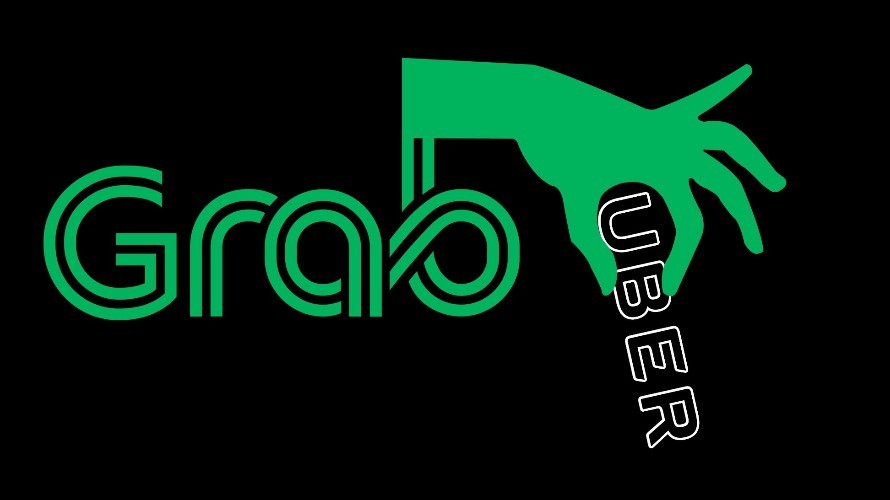
Back then, you can choose either Uber (Uber Technologies Inc) or Grab if you’re too lazy to drive or find parking. Well, there’s also MyCar, but who uses that, amirite? They had a sort of rivalry, but in March Uber sold its business in SouthEast Asia to Grab, making Grab the biggest e-hailing service in the region.
With no substantial competition in sight, the Transport Ministry soon received numerous complaints on increased Grab prices, and Malaysia saw a monopoly risk in the ride-hailing market. The government had since assigned the Malaysia Competition Commission (MyCC) to study this risk.
“We don’t want any services to be involved in monopoly. And if we find any elements of it, we will take action against them. Our concern is always the fare implemented by these companies on the end user. It must be reasonable,” – Anthony Loke, Transport Minister, to the Sun Daily.
As such, as of July 12th ride-hailing services were regulated in Malaysia, with Grab drivers being subjected to the same regulations as taxi drivers. This is hoped to ‘create a level-playing field among e-hailing and taxi drivers‘. Among other things, Grab drivers will have to undergo a six-hour driving training module at RM300 per person, but the commission rates set by the companies will be capped, so that’s nice.
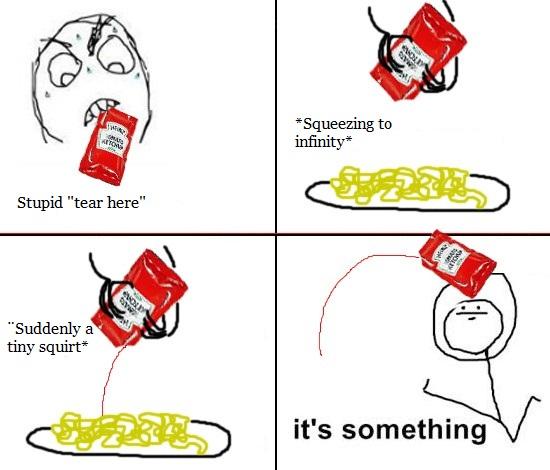
By subjecting ride-sharing services with the same regulations imposed on taxis, does Grab still have a monopoly in Malaysia? Guess we have to wait for the MyCC study to find out the technicalities, but having read about all these instances of ‘monopoly’, one may wonder…
What’s wrong with some good ol’ monopoly?
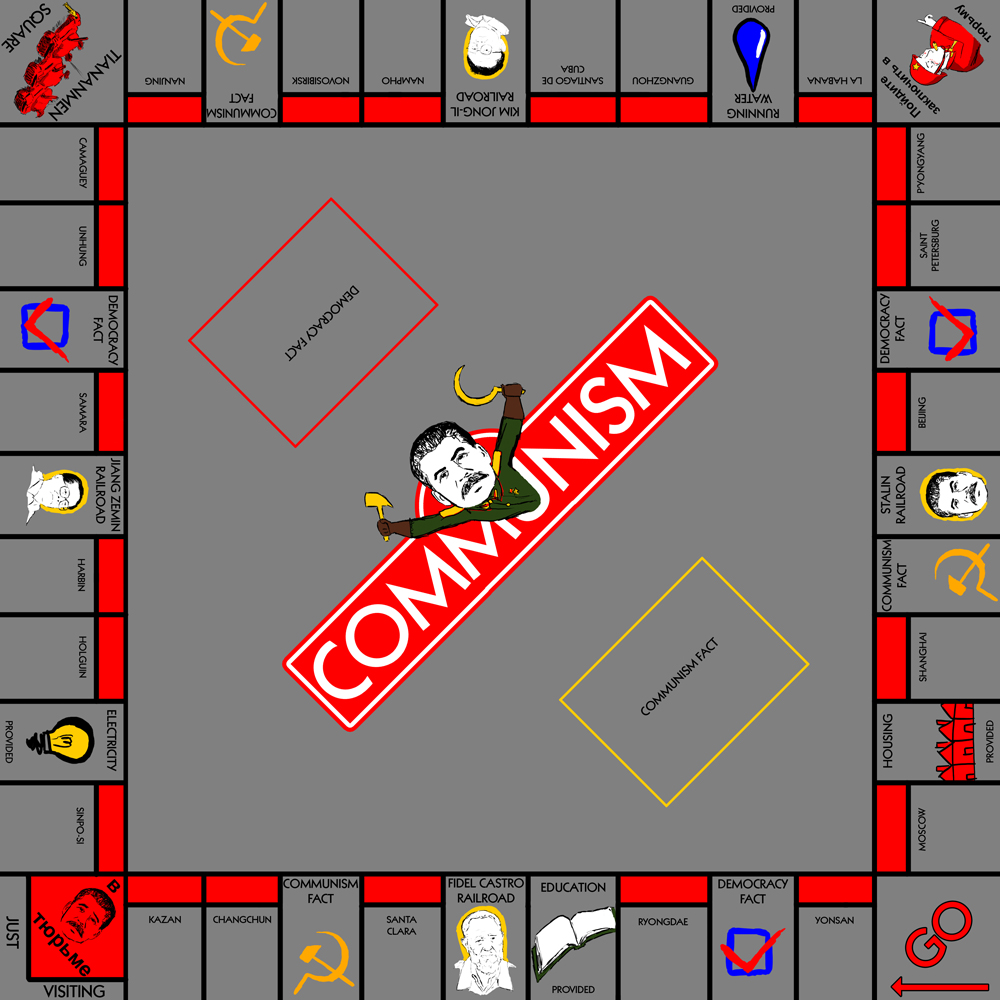
While it may seem that nothing good can come out of monopolies, they do have their advantages, and going through the cases you might have spotted some of them already. Monopolies usually rake in huge profits, and these can be used to fund better research and development, leading to better competitiveness in global markets. Those extra funds can also be used to subsidize good but not-very-profitable causes, like Bernas’s claim of subsidizing rice using profits from rice imports.
However, it can be hard to defend monopolies as it has been proven that industries get more efficient when they have rivals. Still, while freeing up the market may seem like a generally good idea, it can put pressure on all players involved, and some may cope with the competition through cost-cutting measures at the expense of the people, like using cheaper sambal for a nasi lemak and selling it at the same price.
“Opening up the market is a good start, but it has to be complemented by other regulatory changes such as product quality checks, reducing red-tape or bureaucracy challenges, and perhaps encouraging more local based content and participation by local supply chain partners,” – Lau Zheng Zhou, of the the Asian Strategy and Leadership Institute, to the Malaysian Reserve.
If the government is to look at all monopolies in Malaysia eventually, it might take a while as there are a lot of them. But still, these five industries are as great a place to start as any, and we’ll be keeping a close look at how it all plays out.
- 863Shares
- Facebook734
- Twitter15
- LinkedIn28
- Email27
- WhatsApp59

